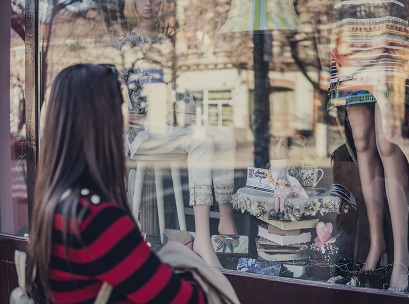In-store retail spending for the Black Friday shopping period this year dropped by 13 per cent compared to 2017, according to data from retail management platform Vend.
Discounting levels were also down 12 per cent across the week compared to last year, indicating that independent retail stores may be pulling back due to the pressure it places on margins.
Compared to an average week, there was no change in sales of speciality food and drink, while there was an 18 per cent increase for health and beauty.
“There have been reports that Black Friday weekend has now become the biggest trading period of the year. This may well be true for big-box stores and major online retailers, but our data shows this doesn’t necessarily translate for smaller businesses,” said Dave Scheine, APAC country manager for Vend.
“Shoppers have still been splashing the cash – or credit – over Black Friday this year, but they need to also be mindful to support local, alongside looking for online and big-box deals. It’s notoriously hard for independent retailers to compete on price, although many are still doing this – for example over the weekend home and lifestyle stores ramped up their discounting by over 200 per cent.”
Kate Vandermeer, who runs the Melbourne-based shop, The Super Cool, said she offered free shipping on online orders under $50, rather than slashing prices. Normally, the business only offers free shipping for orders above $50.
Vandermeer said she was aware of a number of independent stores that decided to boycott Black Friday. They feel it’s an American tradition and could have sustainability impacts. Others have noted they are uncomfortable using the term ‘Black Friday’ to refer to the sales event, since it has a different history in Australia.
Adelaide saw the top sales increase out of the big Australian cities compared to an an average week, with an 8 per cent increase. Sydney sales increased by 6 per cent, followed by Melbourne and Gold Coast at 4 per cent, while Perth saw no change.
Vend’s data also found a 45 per cent increase in the amount of money shoppers were putting on their credit cards, compared to last year.

